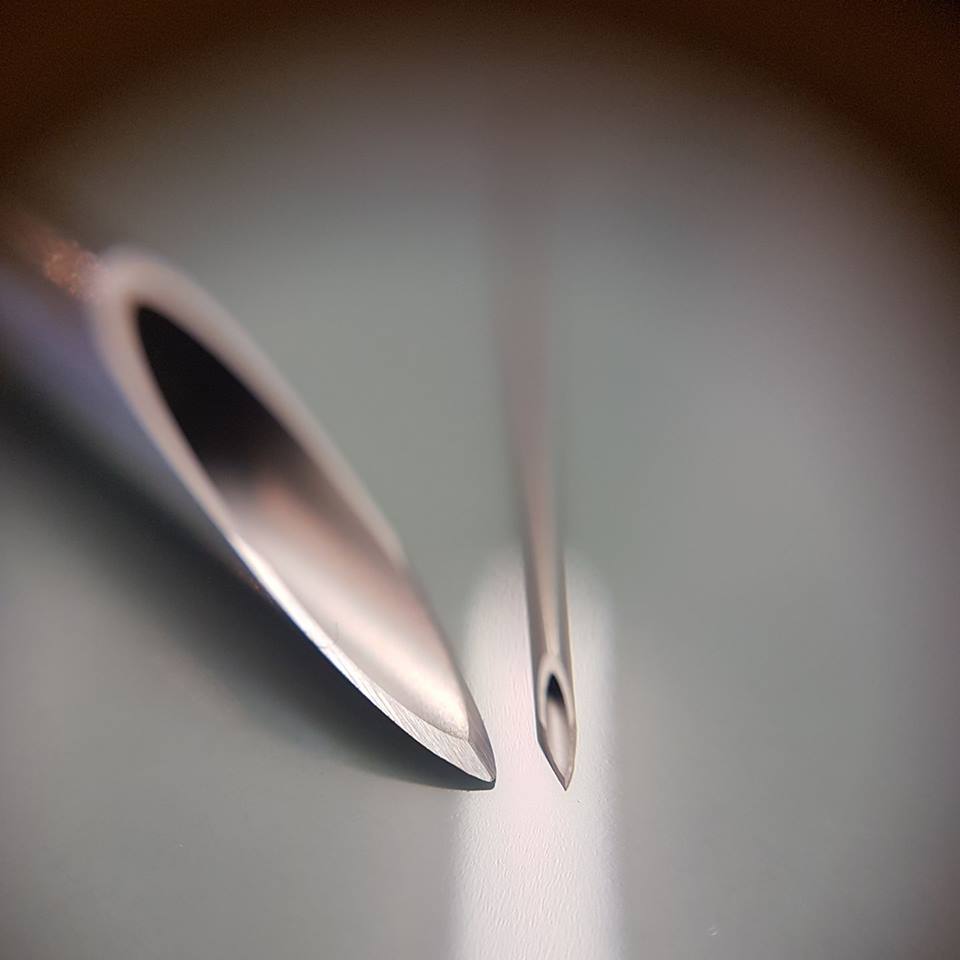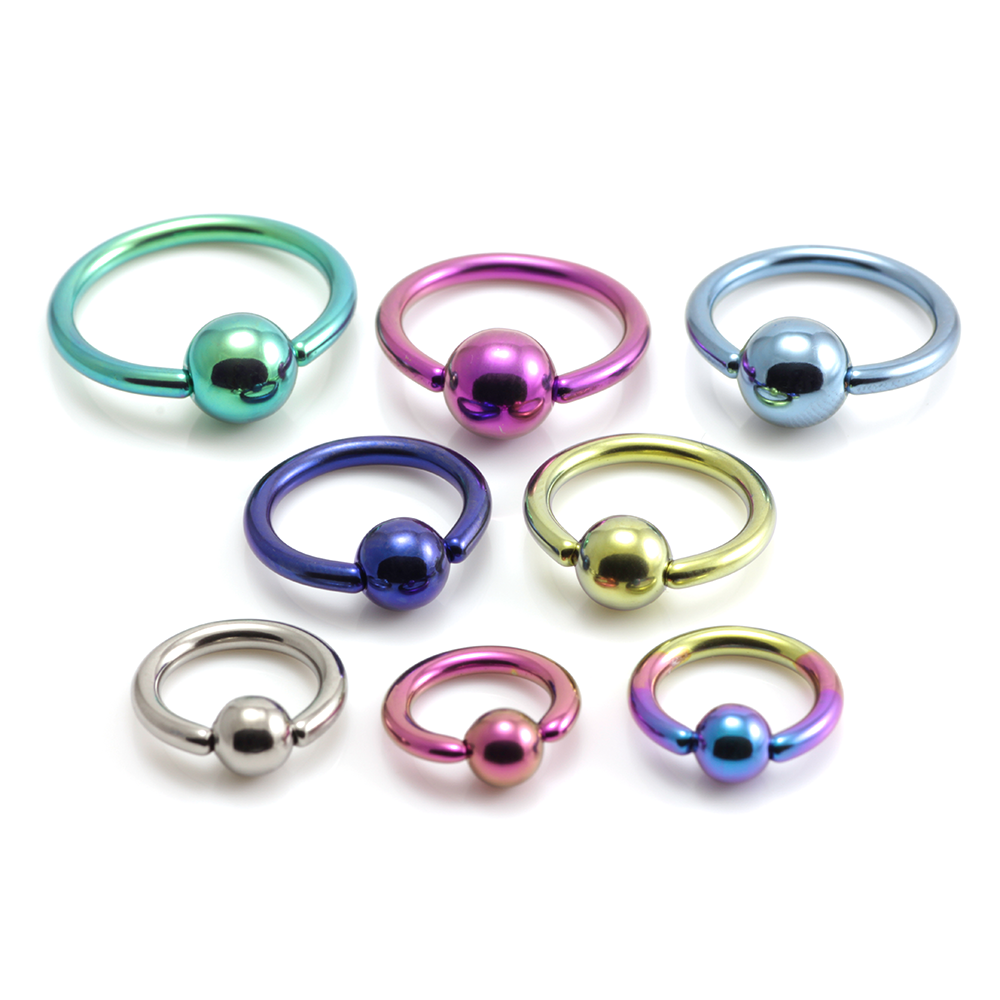Aseptic – adjective:
1: Free from contamination caused by harmful bacteria, viruses, or other microorganisms; surgically sterile or sterilized.
1.1: (of surgical practice) aiming at the complete exclusion of harmful microorganisms.
Septic – adjective:
1: Infected with microorganisms, especially harmful bacteria.
Most people have heard of the word septic but few have heard of aseptic. These 2 words sound similar and are easily mixed up but they are opposites. It is important that a piercer uses an aseptic technique for your piercing to minimise the risk of infection. There are several ways that a piercer can carry out an aseptic technique and this weeks blog will aim to show you what to look out for.
Gloves
Hopefully it should now be common knowledge that a piercer should wear gloves during a procedure. It is less commonly known that there are different types of gloves that should be worn depending on the techniques used. There are 2 basic types of gloves used by piercers:
Examination Gloves

Examination gloves are the standard gloves that are readily available. Most of us have worn a pair of these at some point in our lives. They are generally made from latex, nitrile or vinyl. Rogue is a latex free shop to protect our clients with latex allergies. Exam gloves have to meet EN455 standard to be safe to use. Here is a link to more information about EN455 EN455 states the test methods and quality control required to ensure that gloves do not leak, are free from chemical residues and the maximum shelf life before they must be disposed of.
Exam gloves only protect the wearer. Due to the way that exam gloves are packed and stored they are classed as contaminated. This is fine for use where there is no broken skin e.g. cleaning the piercing room, applying skin prep and marking before a piercing and for setting up for a piercing but they are not appropriate for the piercing procedure as it is unknown what bacteria and pathogens may be on the surface. The vast majority of piercers in the UK use exam gloves for a piercing procedure. In other parts of Europe such as France it is mandatory to wear sterile gloves during a piercing procedure.
Sterile Gloves
Sterile gloves are exam or surgical gloves that have been through tighter controls during manufacture to prevent contamination and pass through gamma radiation to sterilise them and kill any potential pathogens. They are packed and sealed specially to ensure they are sterile up to the point of use and can be donned without contaminating. The following video shows how sterile gloves are made.
Techniques
Aseptic No Touch Technique

It is possible to carry out a piercing using non-sterile exam gloves as long as an Aseptic No Touch Technique (ANTT) is followed. ANTT means that tools and other mechanical devices are used so that the part of the needle passing through the body and the jewellery are never touched and therefor stay sterile until insertion. The majority of piercers will have to touch your needle and jewellery to carry out your piercing. ANTT is possible but rarely used in the piercing industry. An example of ANTT is during a blood test at the hospital. The needles and equipment used for drawing blood for tests are all designed so that the phlebotomist never touches the part of the needle entering the body.
Freehand Piercing
Freehand piercing removes the use of tools and clamps for the piercing procedure. This means that the piercing is more comfortable and the risk of using contaminated tools is removed. A skilled piercer can carry out your piercing using just a needle and the jewellery. This method will involve the piercer having to touch your jewellery and needle with their hands so sterile gloves are required to prevent contamination. Sterile gloves have to be donned carefully and not touch anything non-sterile to prevent contamination. If the gloves become contaminated they should be removed and replaced before carrying out the piercing procedure.
At Rogue we use freehand techniques and sterile gloves to ensure your safety and to minimise the risk of infection.
Conclusion
There are different aseptic techniques but the main thing to remember is that the needle and jewellery should never touch anything non-sterile until it enters your body. Ask your piercer about the gloves they use and if they use sterile gloves.
That’s it for this week. Next week’s blog will be all about skin prep before a piercing. Have a good week everyone!




































